10 Everyday Things You’re Using Completely Wrong
Most people use everyday items without ever wondering if there’s a smarter way. However, common tools often have hidden features or overlooked tricks that can save time, effort, and money. These surprising facts will change how you use some of your favorite household things.
Vegetable Peeler Onion Shaves
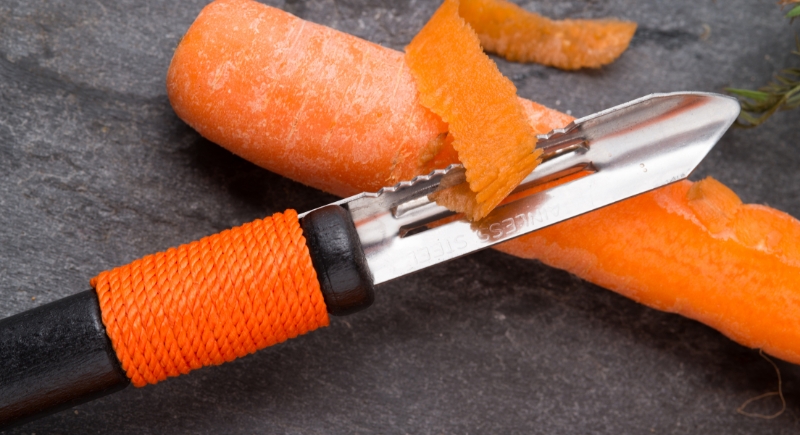
Credit: Getty Images
Using a vegetable peeler, shave onions into ultra-thin, even slices. This technique preserves onion flavor without crushing its cell walls, thereby reducing the release of enzymes that cause tears. Professional chefs often prefer this method for salads or raw toppings. TikTok food hacks boosted its popularity among home cooks worldwide.
Spaghetti Spoon Pasta Measure
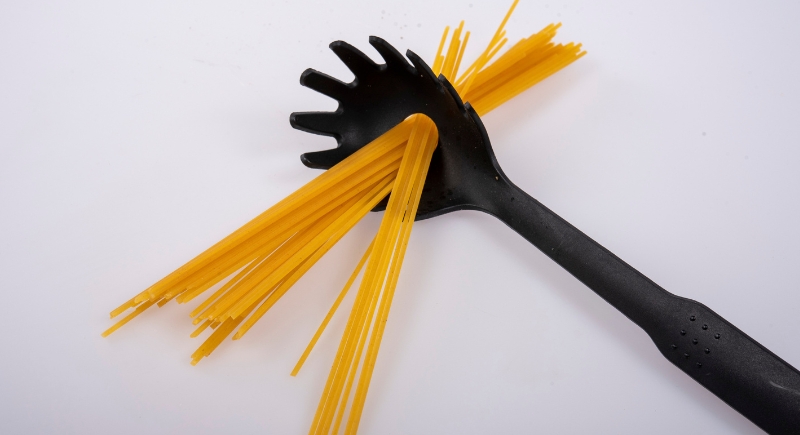
Credit: Getty Images
You can use the hole in a spaghetti spoon to measure out one serving of dry spaghetti. Just fit enough uncooked noodles through the hole until it’s full—that’s about one serving (roughly 2 ounces or 56 grams). This trick helps you cook the right amount and avoid wasting pasta.
Vacuum Attachments Capture Allergens
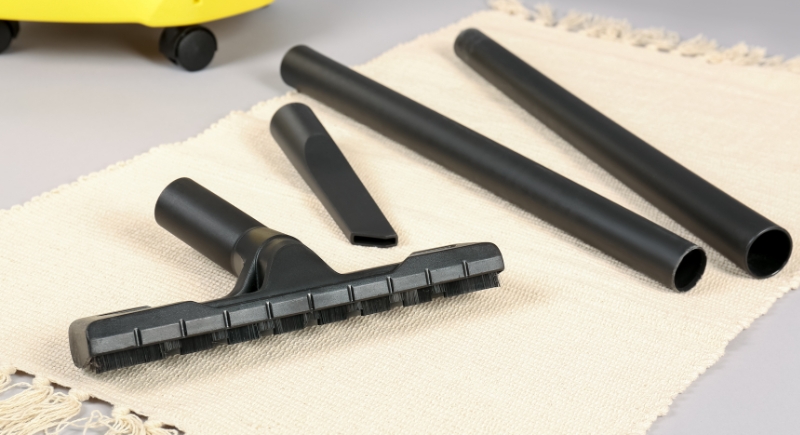
Credit: pixelshot
Every vacuum attachment serves a purpose. The crevice tool reaches narrow gaps, the brush head lifts dust from upholstery, and the HEPA filters trap allergens to reduce airborne irritants. Experts recommend using all attachments regularly to enhance indoor hygiene and air quality, particularly for individuals with allergies.
Dishwasher Load Positioning
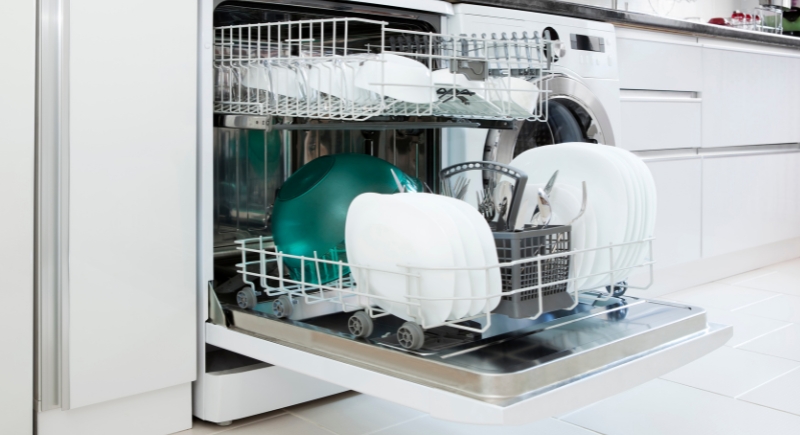
Credit: Getty Images
Place heavily soiled items, such as burnt pans or greasy plates, on the bottom rack, in the center position, facing the pivoting spray arm. Avoid obstructing the detergent dispenser; studies show that blocked detergent can reduce cleaning efficiency by up to 40 percent.
Blender Liquids First Technique

Credit: pexels
Always start liquids first in a blender before adding solids. This promotes a downward vortex motion and enables faster and smoother blending while reducing strain on the blender motor. As reported by blending experts, it can increase blending efficiency by approximately 30 percent.
Sanitized Sponge Saves Washes

Credit: Canva
Kitchen sponges harbor millions of bacteria per cubic centimeter, including coliforms. To sanitize, soak in water, then microwave for 1 minute (no metal allowed!), or run a dishwasher cycle. Studies show this reduces bacterial loads by over 99.9%. For safety, replace every 1–2 weeks.
Tissue Paper Clothing Savvy
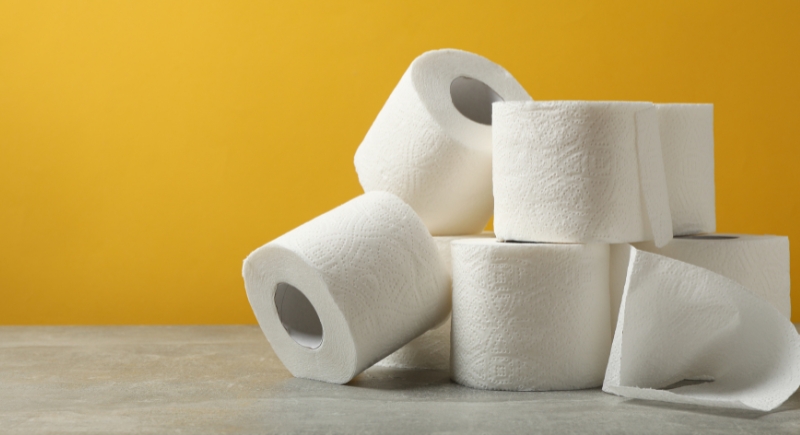
Credit: atlasstudio
Try using tissue paper or dry-cleaning bag sheets between folds when packing clothes like silk blouses or cotton dress shirts. The paper acts as a cushion to reduce friction and pressure that cause permanent creases. Museum professionals recommend this technique for storing archival garments.
Hand Wash Garlic Press
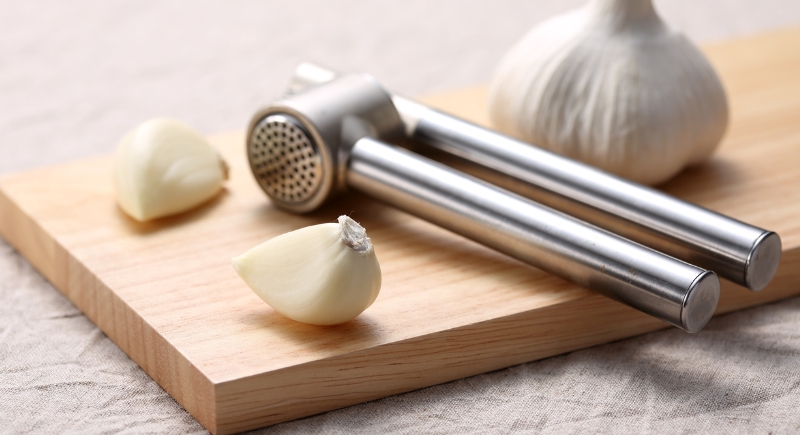
Credit: Aflo
Garlic presses trap sticky residues in small crevices, which won’t be removed by routine dishwasher cycles. Food safety experts recommend washing them immediately with warm, soapy water to prevent mold growth. Neglecting this creates bacterial niches, which can affect flavor and tool hygiene over time.
Staple Remover Key Helper
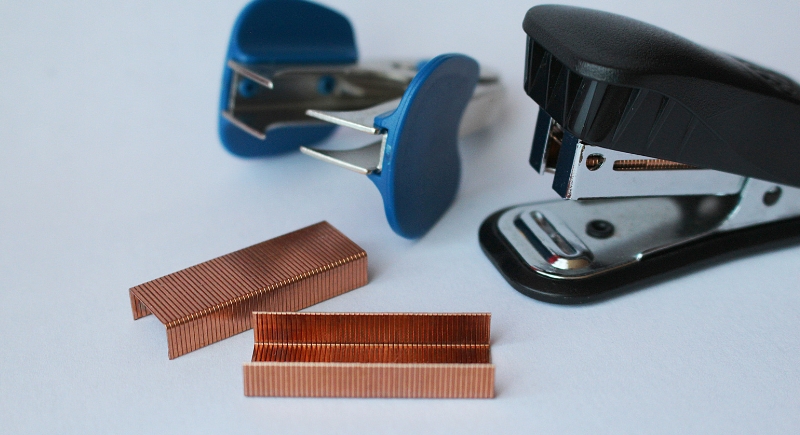
Credit: pixabay
Wrestling with a key ring? You only need to squeeze the jaws of a staple remover into the coil and gently twist; this separates the loops cleanly while preventing nail damage and bent keys.
Bobby Pin Groove Usage
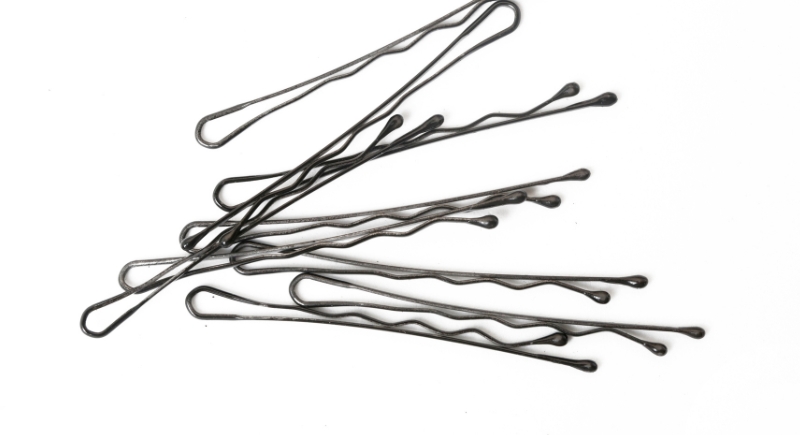
Credit: Getty Images
Insert bobby pins with the grooved side facing down toward the scalp. The grooves grip hair strands and help secure pins firmly. Hairstylists often use this tip to achieve long-lasting updos and control volume. Using pins the other way usually results in slippage after a few hours.
Greek Yogurt Trick
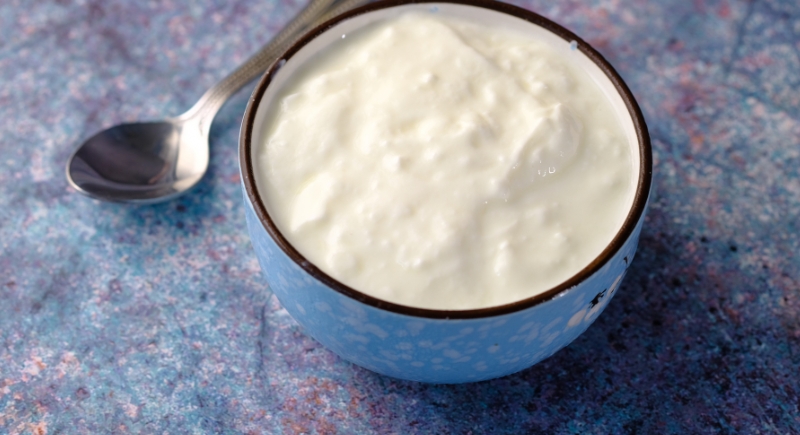
Credit: Canva
Add your fruit or honey right on top of the yogurt, then use your spoon to gently push the toppings into the center as you eat. This keeps the flavors together, so you get some topping in every bite, without any left behind at the bottom.
Plastic Wrap Box Tabs
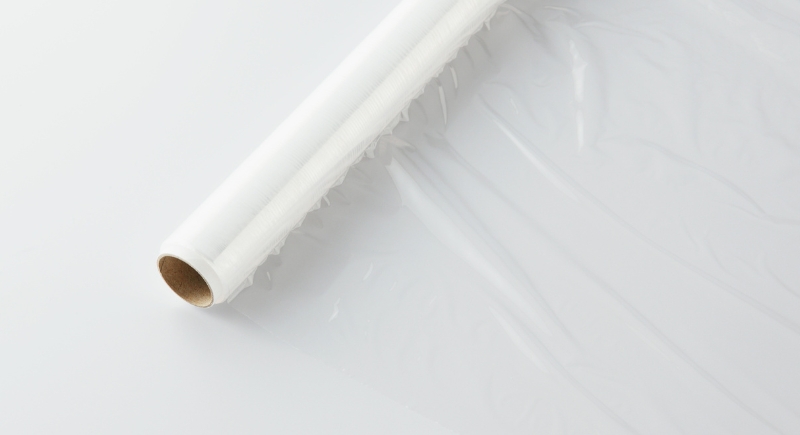
Credit: Aflo
Punch in the side tabs labeled “secure roll” on a plastic wrap box. These tabs are engineered to hold the roll steady and prevent it from sliding while tearing sheets. Customers requested this design feature, since it makes dispensing far easier with one hand.
Detergent Dose Prevention
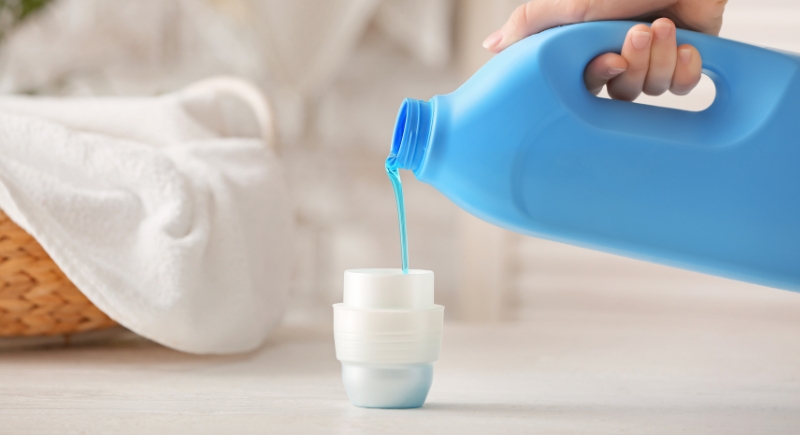
Credit: pixelshot
More laundry detergent doesn’t clean better; it traps dirt in suds and leaves residues. Research shows that following label doses achieves approximately 98 percent stain removal while saving water and reducing rinse cycles. Overuse can dull fabrics, shorten appliance life, and add microplastic residue to wastewater systems.
Toilet-Specific Plunger Choice

Credit: Getty Images
For toilet clogs, use a bell-shaped plunger designed to seal the bowl’s trapway. Its design creates higher vacuum pressure than a flat-headed sink plunger. Plumbing experts note this shape increases plunging and prevents leaks, overflows, and repeated plunging frustration.
Store Natural Peanut Butter Upside‑Down
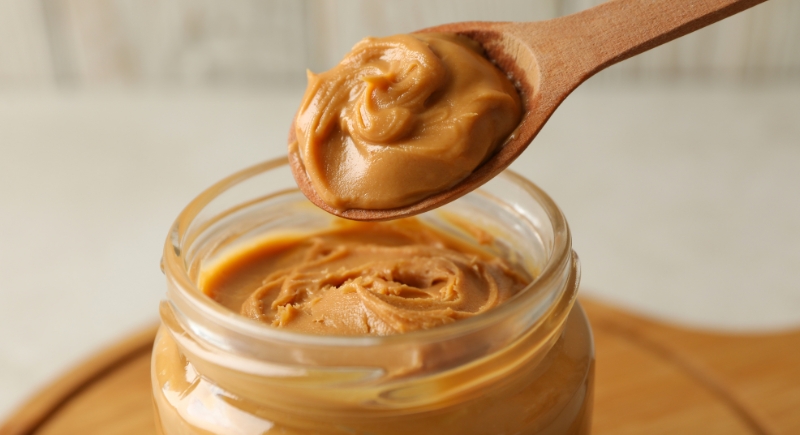
Credit: atlasstudio
By storing natural peanut butter jars upside-down, you redistribute the separated oil evenly. This prevents thick oil pockets on top. It also reduces oxidation and spoilage while keeping spreads perfectly mixed every time.